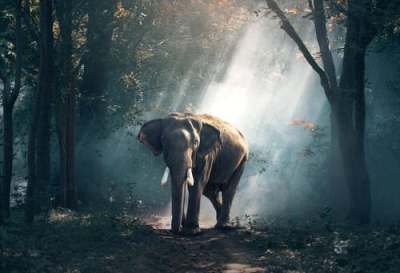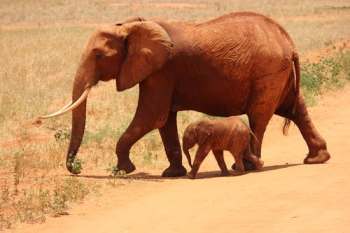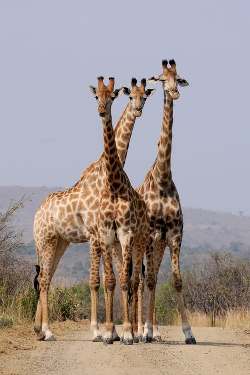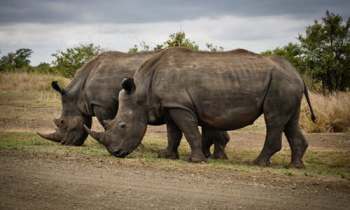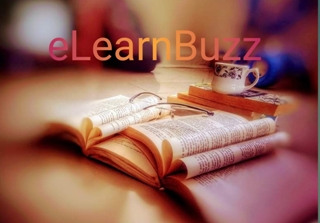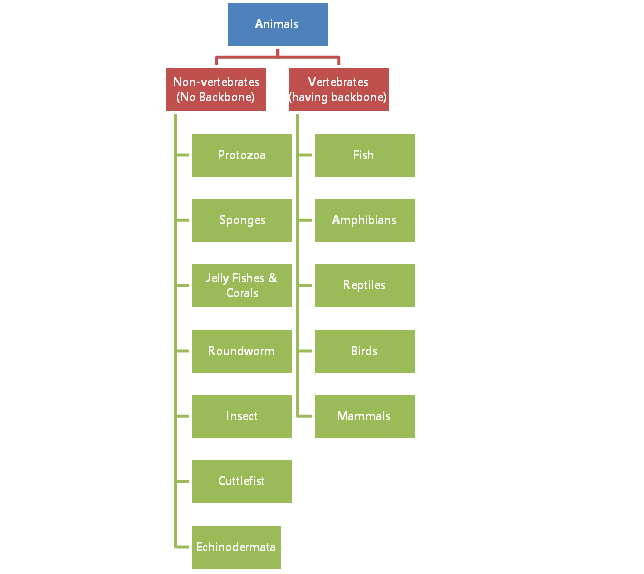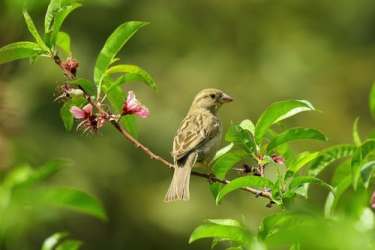
Dear readers, in this post Birds and their specific features for environmental studies are given. Birds have feathers, toothless beaked jaws, a four-chambered heart. They breathe through lungs like reptiles, fishes and amphibian. Their boat shaped body, hollow bones wings, feathers help them in flying. They have high metabolic rate and a strong yet lightweight skeleton. They also possess invisible hair and reproduces by Oviparous method (laying of eggs). Examples are parrot, sparrow, pigeon, eagle etc.
Birds sits on the branches of trees. It’s claws are made so that it helps in grasping the branches of trees.
Birds have fixed eye position, they rotate their neck in order to see in different direction. Among all the birds Owls can rotate their neck nearly upto 360 degree but myna can move its neck back and front with jerk.
Birds can see at different direction at a time as they have eyes on the left and right side of the face.
Also read – Animals and their special characteristics – Environmental Studies (EVS)
Specific Features of some Birds
- Some special birds like kites, vulture, eagles can see things four time more than humans.
- Owl, raccoon birds can see only black and white colors.
- The Ostrich is the largest bird in the world. It also lays the largest eggs and has the faster maximum running speed of nearly 97 kph.
- The chicken is the most common species of bird found in the world.
- The Bee Humming bird is the smallest living bird in the world,with a length of just 5 cm.
- The humming birds can fly backwards.
| Birds | Special Characteristics |
| Owl, Myna | Neck Rotation |
| Eagle, Kite, Vulture | Sharp eyesight |
| Peacock | Omnivorous bird |
| Penguin and Emu | Without flight birds |
Also read – Stages of Child Development for CTET and other TET
| Birds | Nest |
| Crow | On highest tree |
| Bulbuls | In bushes |
| Robin | Soft grasses, fibers, yarn, cotton etc |
| Koel (Cuckoo) | Lays its egg in the nest of crow |
| Baya weaver (Soan chidiya) | Make hanging nest |
| Weaver bird | Weave the nest |
| Woodpecker | Make their nest in the bark of tree |
Special Characteristics of Peacock

- The peacock is the National bird of India.
- Peacock posses unique anatomy which makes them beautiful birds.
- Peacocks are omnivorous birds, and they mainly eat plants, fruits, seeds, flower petals, ants,insect, and other scraps in the gardens and forests.
- Grains are the most common food of peacocks.
- Peacock also eat small reptiles, such as young cobra snakes, amphibians, butterflies, chicken, flies and mice vole.
Brood Parasite
These are organisms that rely on the others to raise their Chick . Brood parasitism is a habit of a bird, which does not make its own nest, lays eggs in other bird’s nest secretly and relies on the host bird to raise the chick. Koel is a brood parasite over crow for development and hatching of its eggs.
You may use ‘comment section’ below for your valuable comments/feedback.
